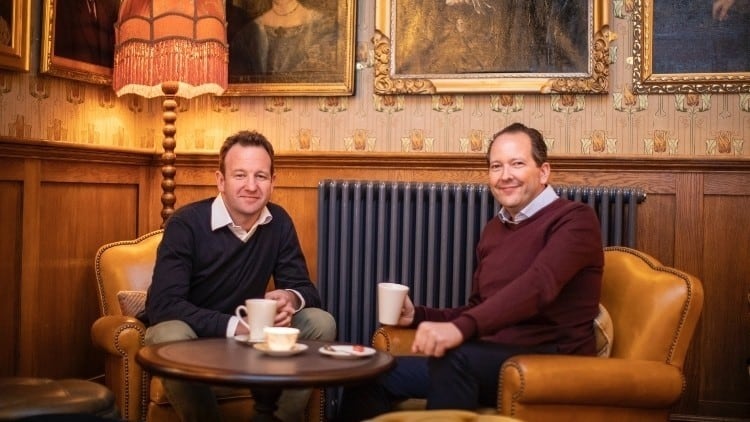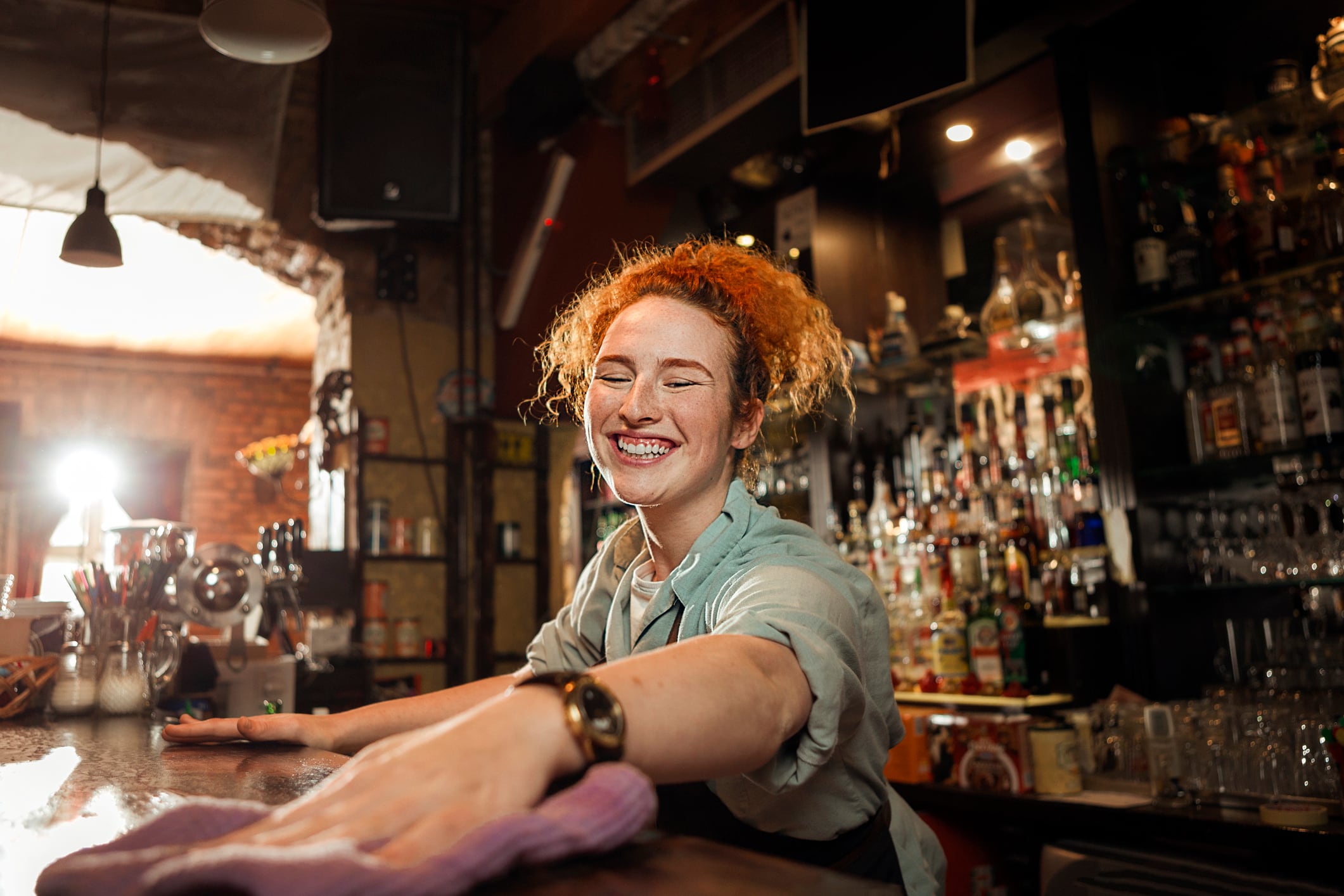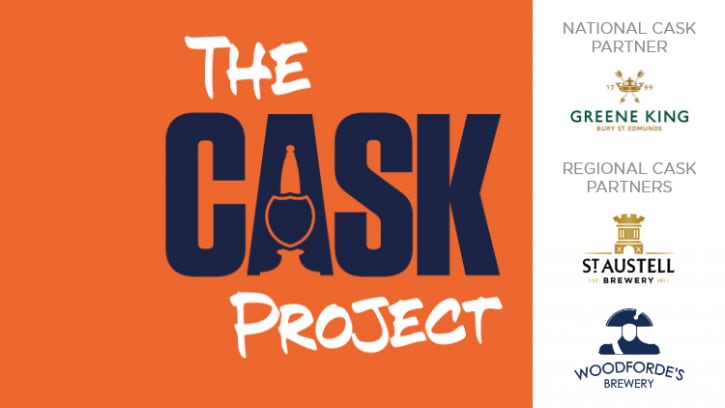The report shows the recent changes and behaviour of the UK’s night-time economy scene, with a focus on consumer spend habits.
According to the Night-Time Industries Association (NTIA), the night-time landscape is evolving, with many consumers’ traditional high-tempo and high-spend activities in decline.
The report also highlights that consumer spending has shown growth similar to pre-Covid levels, with the general pace of recovery having slowed.
Further outlining the ongoing difficulties throughout the sector, recent findings have also shown more than half of hospitality leaders have seen a year-on-year drop in trade from aspects such as bar crawls at (62%), hen and stag dos at, (54%) and student trade up just over half (56%).
Across the board, it showed that people tend to be spending less generally. With nearly three quarters of leaders having also seen a decrease in guest footfall, (72%), number of drinks bought were recorded at (73%) and the average spend per visit was noted at (74%).
While the report showed certain people are keeping a close eye on their money and spend habits, many others are continuing to spend freely.
Therefore, this may be creating a polarisation likely to continue into 2025. The report found consumers are also diversifying their evening habits.
With nearly two thirds , (62%) of those stating they are seeking newer, more varied and higher tempo evening occasions.
According to the report, 63% of people, are also looking for newer experiences, including music and gaming. Figures within both categories are significantly higher among Gen Z consumers, indicating a possible generational shift in attitudes towards nights out.
Experience-led venues have undeniably been one of the biggest drivers of this change. A third (33%) said they were visiting busier, less relaxed sites, looking for higher-tempo occasions.
Only (19%) of consumers were visiting these sites less.
Street food venues and food halls, are also maximising experience driven occasions, both offering consumers more diverse, varied experiences.
In contrast, 23% of consumers are frequenting late-night bars, with 30% going less often. Across the board, the report showed that 37% of those who use competitive socialising venues for higher tempo occasions, said they are doing so earlier than they were a year ago.
While only 9% recorded to be going out later. This shift is noticeable across all high tempo nights out, including pub and bar crawls and social or ticketed events.
The trend, according to the article is driven by a variety of factors, such as a greater feeling of safety earlier in the day, paired similarly with a desire to avoid crowds. Issues with late-night transport availability also factored into the trend.
NTIA chief executive Michael Kill previously spoke on the conditions of the night time economy within 2024. He said: “The night-time economy is grappling with the widespread impact of external factors, unpredictable consumer behaviour, ongoing financial challenges and the limited sustainability of businesses without support.”
Sales
CGA by NIQ’s market measurement service, calculated total drinks sales throughout Britain’s on premise, was totalled at £31.2bn, despite pressures on consumers’ spending. This was decreased by only 0.6% year-on-year.
Bars also generated a total of £1.6bn, up by 2.4% from 2023, with bar restaurants ranking closely behind but down by 1.7% at £1.4bn.
Drinks sales were down within the nightclub sector by 22.9% to £363m.
Alarming and immediate threat of failure
Profitability rising costs were inflated by the Budget, with two fifths (42%) of NTIA members stating they made notably less profit in the third quarter of 2024 than in the same period in 2023.
Only 16% of operators during the third quarter of 2024 reportedly made more profit. With nearly a fifth of operators (18%) revealing they had operated at a loss during this time period and 5% said they felt they were under alarming and immediate threat of failure.
Market confidence
CGA by NIQ’s survey of NTIA members, reported only 13% of leaders were optimistic about the market throughout the next 12 months.
While 65% feel more pessimistic, optimism around their own businesses was slightly higher, recorded at 22% with far more industry leaders (53%) feeling more pessimistic.
These numbers were in line with general sector confidence, as measured by CGA’s quarterly Business Confidence Survey.
The report showed pessimism levels were notably high within independent business leaders, who typically have less reserves to draw upon.
Cultural contributions
The member survey demonstrated the significant cultural contribution that late-night venues provide. With more than half, (54%) of respondents hosting live instrumental music, 44% hosting live electronic music and 37% offering club or society nights.
Other popular versions of entertainment also included drag and cabaret at (30%), traditional events such as quizzes and bingo at (26%) and comedy at (16%).
Competitive socialising is noted as one of the biggest growth areas throughout hospitality in recent years and is now hosted by 14% of operators.
Certain segments of the evening economy also performed well throughout 2024, on the managed end of the market.
The CGA and RSM Hospitality Business Tracker, measures monthly sales at the UK’S leading restaurant, pub and bar groups. It also indicated year-on-year growth in total food and drink sales. Some 3.2% in 2024 were roughly in line with inflation.
They also showed notable growth across the sector, despite significantly high costs for both businesses and consumers, growth in the bar segment of the tracker was lower, noted at 1.3% and higher in other channels such as experiential venues, where sales rose by 5.3%.
This represents how certain consumers are choosing to diversify their leisure time.
Typically moving away from traditional late-night venue interaction towards a focus on bars and other venues that facilitate certain elements of competitive socialising or entertainment. The move towards earlier nights out has affected specific sales patterns, and tilted trading towards more earlier and mid evening interactions.
As a result, this has put more pressure on the late-night (10pm to 1am) and early-hours (1am onwards) trading periods. This is where 69% of leaders have seen a notably significant or slighter decrease in sales year-on-year.
This has been made up in other dayparts such as mid-evening (6pm to 8pm) or early-evening (4pm to 6pm), where the amount of leaders reporting notable decreases are lower at 48% and 51%.
Groups such as Flight Club, Roxy’s Ballroom and Boom Battle Bar, have not experienced as many post-Covid closures as independently run sites, typically due to their access to larger resources, according to the report. Thus, these sites have been rewarded in sales terms. The CGA RSM Hospitality Business tracker showed like for like growth of 5.3%





